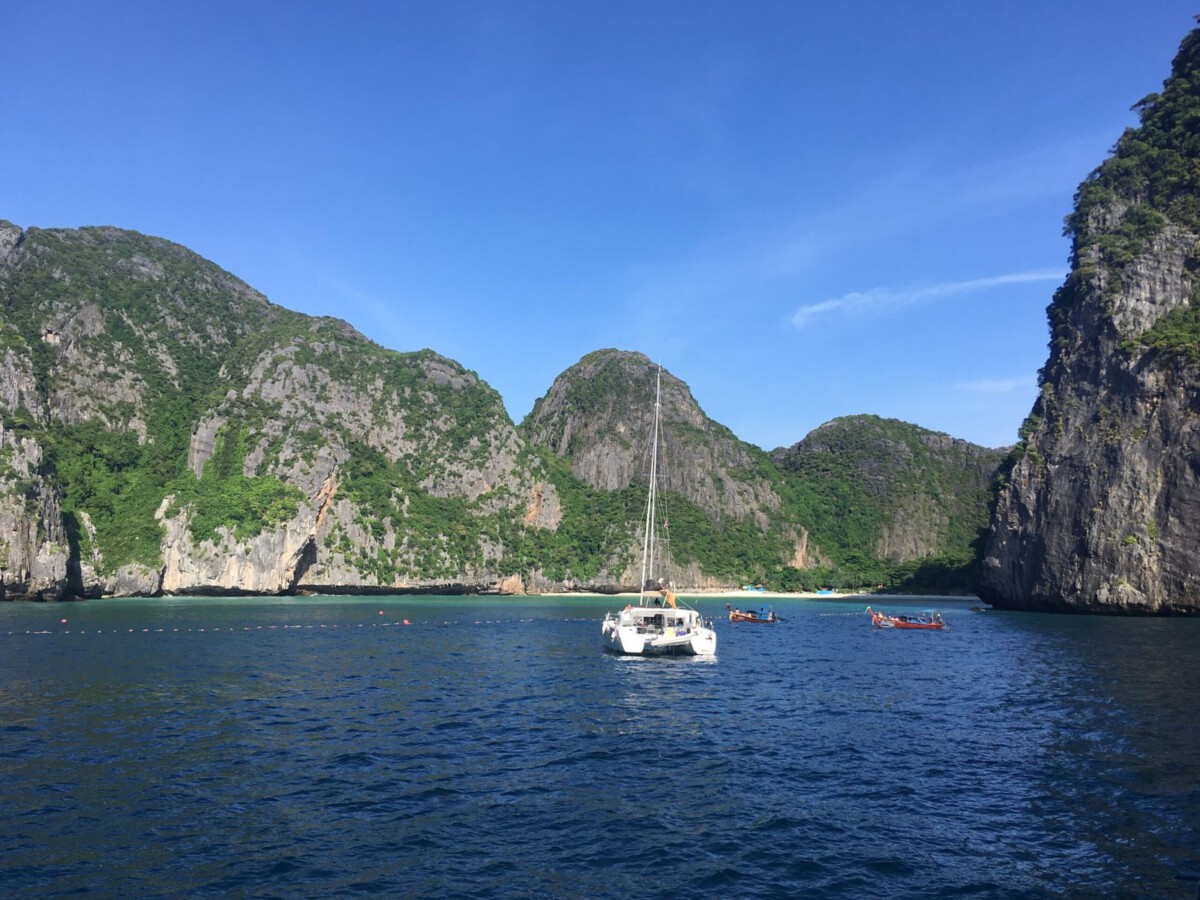Imagine stepping into a city where the echo of your footsteps bounces off ancient walls, but something feels different—there’s barely anyone else around. Now picture standing before a turquoise lagoon, the air crisp and wild, and realizing you’re one of the last to ever see it this way. Across the globe, beloved destinations are drawing a line in the sand, fighting to reclaim themselves from the tidal wave of tourism. If you’ve ever dreamed of wandering these iconic places, this might be your last chance—because the doors are closing fast.
Venice Sinking Under Its Own Beauty

Venice feels like a dream—gondolas gliding through mist, baristas calling out espresso orders in tiny piazzas, sunlight dancing on the Grand Canal. But behind the romance, locals are fighting for the city’s very survival. Over 20 million tourists a year squeeze into its narrow alleys, straining bridges and flooding squares. The city council has rolled out strict new measures: day-trippers now face entrance fees, and plans are brewing for limits during peak months. You can almost hear the sigh of relief in the quieter corners, where real Venetians sip spritz in peace. If you visit, linger in the lesser-known sestieri, skip the midday rush, and always tread lightly—Venice is asking for a little respect.
Bhutan Protecting Happiness Over Hype

Bhutan isn’t just a country—it’s a living storybook, where prayer flags ripple on Himalayan breezes and Gross National Happiness trumps GDP. But the kingdom guards its magic fiercely. Tourism here is strictly “high value, low impact.” Each visitor must pay a daily fee—around $200 per person—which funds community projects and environmental protection. The experience is intimate and immersive, but spontaneous backpackers need not apply. Book well in advance and embrace the slow pace—Bhutan’s serenity is its greatest treasure. You’ll taste yak butter tea, hear monks chanting at dawn, and feel like you’ve stepped into a world that time forgot.
Barcelona Saying Enough to Party Crowds

Barcelona pulses with life: the wild mosaics of Park Güell, the scent of churros looping through La Rambla, the sound of laughter spilling from tapas bars. But locals are exhausted by the crowds—so much so that anti-tourist graffiti has started to pop up. The city has cracked down on short-term rentals, slashed the number of new hotels, and is weighing tougher restrictions in the Gothic Quarter and Barceloneta. If you want to visit, come in the shoulder seasons—April or October—when the city breathes easier. Wander beyond the usual haunts to discover the real Barcelona in leafy Gràcia or the seaside calm of Poble-sec.
Galápagos Islands Pristine But Pressured

Think of the Galápagos and you might imagine blue-footed boobies, lazy sea lions, and iguanas that look prehistoric. But this living laboratory is under siege: more than 275,000 visitors arrive each year, outnumbering residents and threatening delicate habitats. Ecuador has imposed strict visitor quotas, licensed guides, and mandatory permits. Don’t even think of wandering off the marked trails or sneaking a souvenir shell. If you’re lucky enough to get a spot, pack light, follow every rule, and leave no trace—the future of these islands depends on it.
Iceland Freezing Out Mass Tourism

Iceland is pure drama: black sand beaches, steaming blue lagoons, waterfalls that thunder into oblivion. But the secret’s out, and now its wild spaces are feeling the strain. Some sites, like Fjaðrárgljúfur canyon, have been temporarily closed after viral social media fame brought stampedes of visitors. The government floats the idea of limiting numbers or closing hotspots in sensitive seasons. Visit in the magical shoulder months—May or September—for fewer crowds and deeper connection. Respect the landscape by sticking to marked paths and never, ever leaving trash behind. Iceland’s magic is fragile—treat it like the rare gem it is.
Bali Struggling to Breathe

Bali’s reputation as a paradise is legendary: emerald rice terraces, incense drifting from temples, surfers chasing perfect waves. But paradise is crowded these days, with over six million tourists a year. Trash piles up on beaches, traffic clogs narrow roads, and sacred sites are often swamped. Authorities are considering restricting visitors to key temples and introducing environmental levies. Choose your timing with care—rainy season (November to March) brings fewer crowds and a quieter vibe. Stay in family-run guesthouses, learn about local customs (always wear a sarong at temples), and skip single-use plastics. Bali’s beauty depends on it.
Thailand Closing Its Hidden Bays

Thailand’s islands are the stuff of legend, but some have paid a price for fame. Maya Bay, immortalized by “The Beach,” was shut to tourists for years after foot traffic devastated coral reefs and wildlife. Other fragile spots may follow. The government is watching visitor numbers closely and isn’t afraid to shut things down for recovery. Check the latest updates before you go, and be flexible—sometimes the best adventures happen off the beaten path. Try lesser-known islands like Koh Yao Noi for a taste of unspoiled Thai beauty and genuine local warmth.
New Zealand Rewriting the Welcome Mat

New Zealand’s landscapes are jaw-dropping—think mossy forests, wild fjords, and volcanoes that look straight out of a fantasy film. But the “100% Pure” image is under threat. Locals worry about litter, overcrowded freedom campsites, and disrespect of Maori sites. The government is debating a tourist tax and stricter controls, especially for iconic spots like Milford Sound and the Tongariro Alpine Crossing. Visit outside the Southern Hemisphere’s summer, and always follow the Tiaki Promise—a guide for respecting people and nature. A little humility goes a long way here.
Japan Islands Restricting the Curious

Japan’s main cities are thriving, but some remote islands are closing doors. Yakushima, a mystical island of ancient cedar forests and moss-covered trails, now limits visitor numbers in peak spring and autumn months. The Ogasawara Islands, a UNESCO World Heritage Site, allow only a handful of tourists at a time to protect rare species. If you’re lucky enough to snag a spot, expect strict rules—no picking flowers, no loud music, and zero tolerance for litter. Embrace the peace, respect the silence, and you’ll find a gentler side of Japan that few ever see.
Antarctica Tipping Toward Off Limits

Antarctica isn’t a country, but it’s on the brink of closing up shop for tourists. Icebergs the size of cities, penguins that waddle by the thousands, and silence so deep it’s almost sacred—this place is pure otherworldliness. But rising visitor numbers (over 100,000 in recent years) are alarming scientists and conservationists. Stricter rules are being discussed, including limits on landings and bans on certain ships. If you dream of setting foot on the White Continent, book with a tour operator committed to best practices. Dress in layers, pack your patience, and never forget: you’re a guest in the planet’s last true wilderness.








